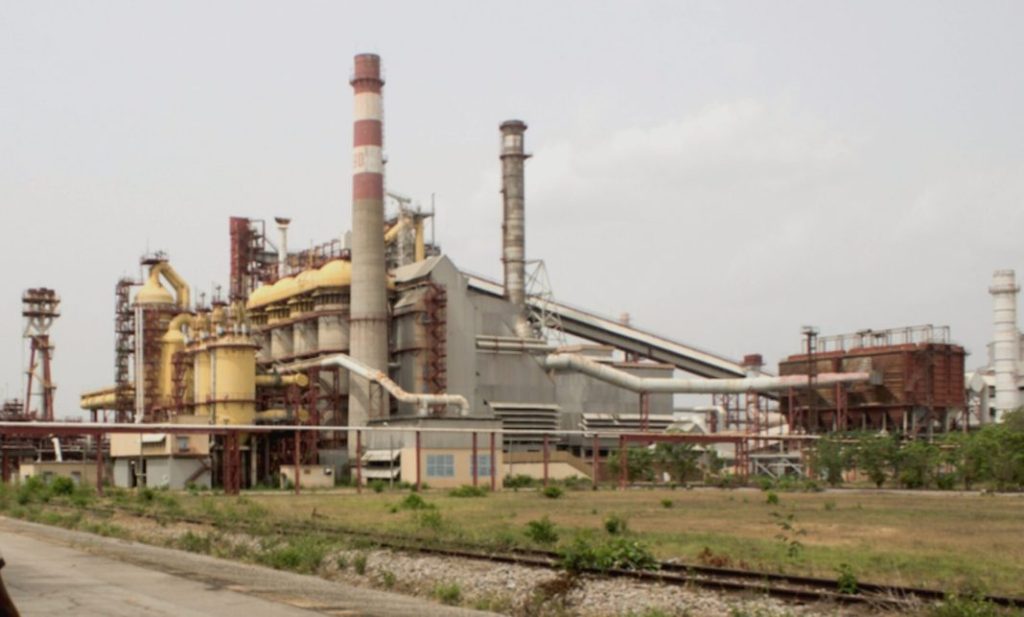
In a startling revelation, the Minister of Steel, Mr. Shuaib Abubakar, exposed a how Nigeria’s steel industry spends a staggering $8 billion annually on steel imports, despite the dormant and defunct Ajaokuta Steel Company.
Minister Abubakar made this revelation on Thursday during an interactive session with the House of Representatives Committee on Steel Development in Abuja, where he engaged in a discussion with lawmakers and shared insights into the country’s steel industry.
According to Abubakar, “It is in my own interest for Ajaokuta Steel to work, as I am from Kogi State, and I must push for such interest.” He emphasized that the revival of Ajaokuta Steel is crucial to reduce Nigeria’s reliance on steel imports and stimulate internal economic growth.
The Minister revealed that the Federal Government paid $500 million to terminate a concessional agreement with Ajaokuta, and the ministry is working hard to find a solution for the company. “We have gone to China to come and invest in the steel company, including setting up a new plant, and we have gone to seek financing,” Abubakar said.
Abubakar acknowledged that funding is a major challenge, but expressed optimism that with support from the National Assembly and other stakeholders, the company can be revived. “Funding is a big challenge to the ministry of steel development. The steel industry will be the bedrock of industrialization if we have proper funding,” he said.
The Minister estimated that around $2 billion is needed to revive Ajaokuta Steel, but noted that this figure may be subject to change pending the outcome of a technical audit. “It is just a process that will allow us to arrive at the right destination. The president has asked me to find a solution to Ajaokuta, so the figure will change pending the outcome of the technical audit,” Abubakar explained.
The House Committee on Steel Development, led by Rep. Zainab Gimba, has also expressed support for the Minister’s efforts and urged him to provide all necessary documentation and responses to facilitate the revival process


